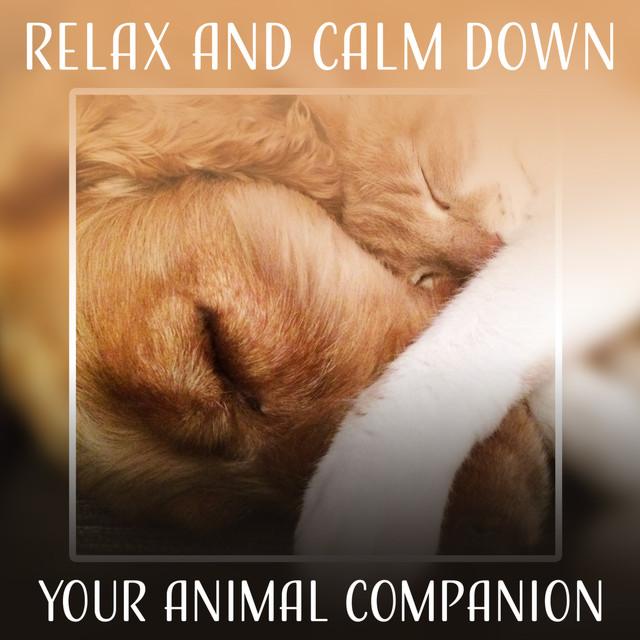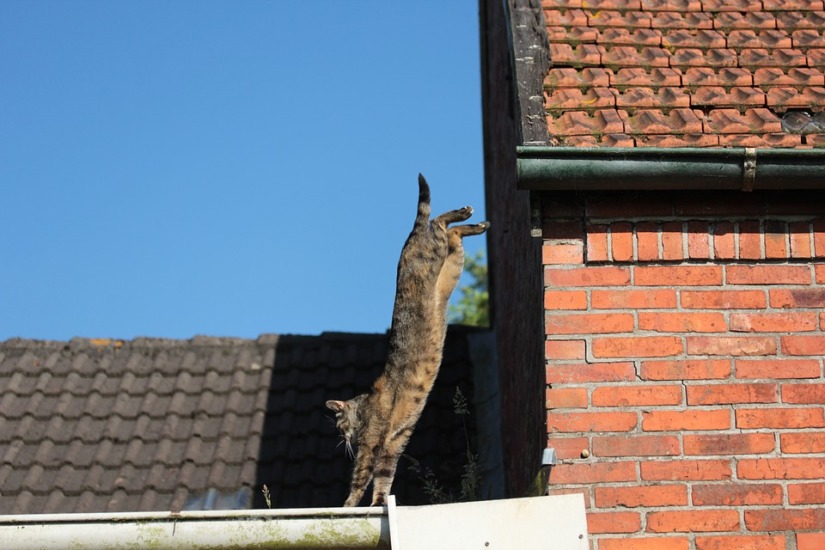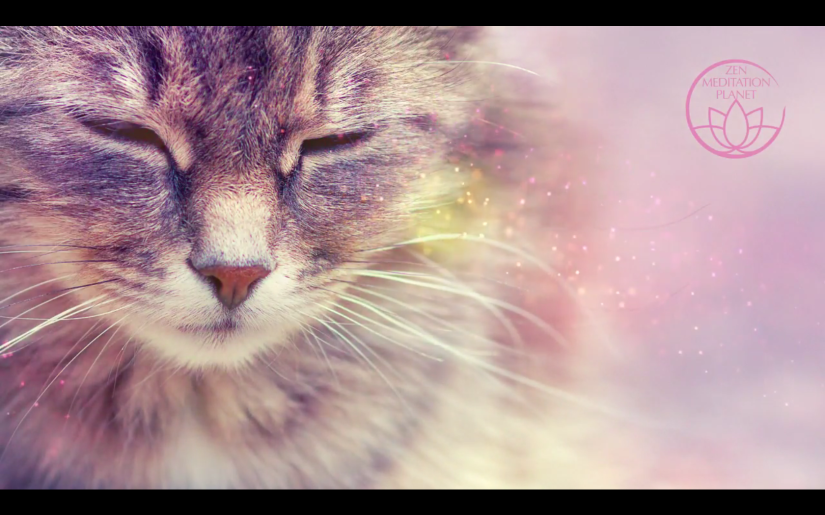It’s time for a new series – A balanced diet for your pup! This is such an important topic that we’ve decided to make it into a series of blog posts. Let’s begin!
So many of us, as dog owners wonder what would be the best diet for our pup. Answers to this question may vary based on who you ask. Your vet will most likely recommend serving dog chow and it’ll most likely be the brand which you can buy at his clinic while on the other hand you dog trainer be likely to recommend a Raw Food/BARF diet. Let’s first discuss the foods and ingredients we should avoid!
What should we watch out for?
Try to eliminate grains, especially if they’re in the top 3 ingredients of your dog chow. You pup would never reach for grains on it’s own. They are usually added to dog chows as a form of carbohydrates to make you dog feel full. Try to think of what your dog would reach for living in it’s natural habitat. The diet would definitely be meat based and enriched with fruits, veggies, and herbs. Another thing we should never give to our dog is chocolate and sweets. Our pets have trouble digesting chocolate and we can cause a lot of damage by letting them eat our sweets. You can be sure that if your chihuahua eats a whole bar of chocolate you’ll be rushing to your vet’s ER. Another thing we should look out for are grapes. Grape seeds are toxic for dogs, eating 1 or 2 shouldn’t hurt anyone but be sure to eliminate them from your pup’s diet. If you have a vineyard or are growing a few vines in the garden be sure to keep the high up and and out the reach. Garlic and onions may be ingredient staples of your favorite dishes—even some dishes that you share with your dog. But you should think twice before letting your pet lick up the rest of your garlic and onion-based broth from your homemade chicken soup. Any member of the Allium family—onions, garlic, leeks, and chives are the most common reported to cause toxicity because they contain N-propyl disulfide. This compound damages the oxygen-carrying substance found in red blood cells called hemoglobin which can lead to anemia and many other medical disorders. The last thing we’d like to talk about is chicken. Chicken meat is known for causing allergies for dogs. Even if your dog has been eating chicken their whole life, they could suddenly develop an allergy to the meat. Chickens are genetically modified these days and stuffed with chemicals which causes more and more allergies for pets. If you see signs or allergies like intensive scratching, baldness, red spots, etc. be sure to contact your vet. They may suggest trying a dog chow which doesn’t include chicken.
We think these are to most important topics to cover for today’s post. Be sure to check back soon for the next topic in our dog diet series!
What do you feed your pup with?


















